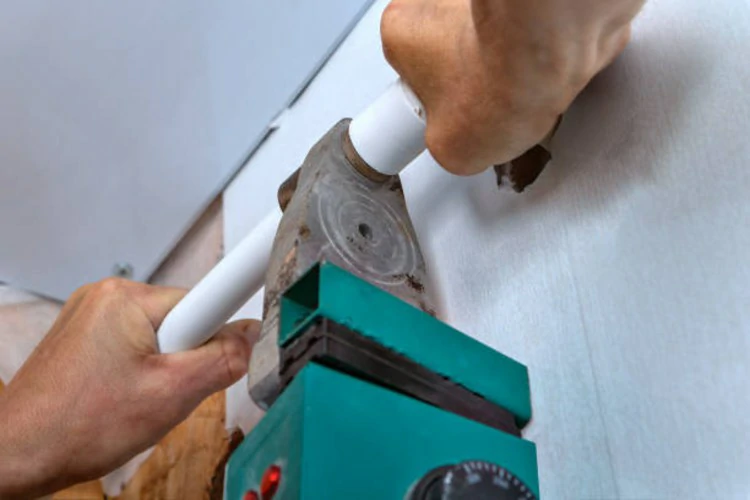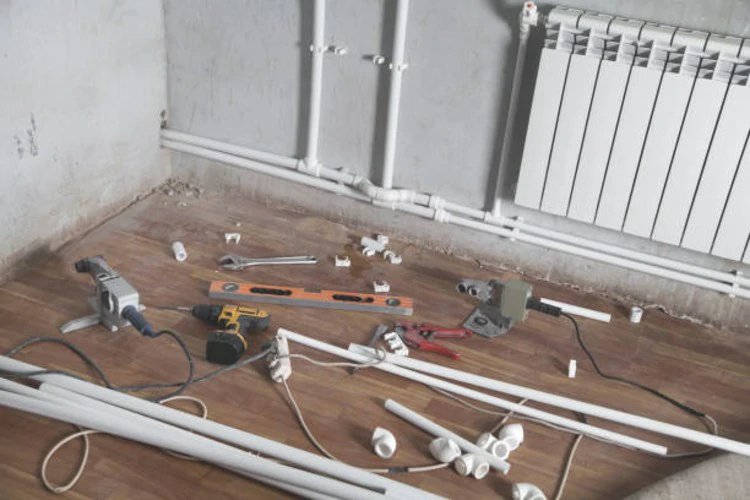Introduction
In the realm of plumbing, the selection of fittings is crucial. Notably, PPR fittings, with their unique attributes, stand out. This article thoroughly analyzes PPR versus conventional methods, shedding light on their advantages and applications.

Comparative Analysis: PPR Pipe Fitting vs. Traditional Connection Methods
1. PPR Pipe Fitting vs. Threaded Connections
Advantages of PPR Pipe Fittings:
- Leak-Free Joints: Explore how PPR fittings, using heat fusion, offer leak-free joints, ensuring a secure and reliable connection without the risk of water seepage.
- Corrosion Resistance: PPR pipe fittings excel in corrosion resistance, unlike threaded connections prone to rust, especially in corrosive environments
Disadvantages of Threaded Connections:
- Potential Leakage Issues: Discuss the common problem of potential leakage in threaded connections, particularly as they age or face wear and tear, necessitating regular inspections and maintenance.
2. PPR Pipe Fitting vs. Solvent Welding in PVC Pipes
Advantages of PPR Pipe Fittings:
- Chemical Resistance: Additionally, explore the chemical resistance of PPR pipe fittings, which eliminates the need for solvent welding and minimizes the risk of chemical reactions with transported fluids.
- Ease of Installation: Discuss the ease of installation with PPR pipe fittings, as the heat fusion process requires no additional adhesives or solvents, reducing installation time and labor costs.
Disadvantages of Solvent Welding:
- Environmental Impact: Address the environmental impact of solvent welding in PVC pipes, considering the potential release of harmful chemicals during the welding process.
3. PPR Pipe Fitting vs. Compression Fittings
Advantages of PPR Pipe Fittings:
- Enhanced Strength: Explore how the heat fusion process in PPR pipe fitting results in joints with enhanced strength and reliability compared to compression fittings.
- Seamless Integration: Highlight the seamless integration of PPR pipe fitting, ensuring a smooth and continuous flow within the plumbing system, without the potential weak points associated with compression fittings.
Disadvantages of Compression Fittings:
- Risk of Leakage: Discuss the inherent risk of leakage in compression fittings, especially in applications with varying temperatures, which may affect the tightness of the connection.
Conclusion
In conclusion, the comparative analysis reveals that PPR pipe fitting offer distinct advantages over traditional connection methods such as threaded connections, solvent welding, and compression fittings. Moreover, the heat fusion technique in PPR pipe fittings ensures leak-free joints, corrosion resistance, chemical stability, and enhanced strength. As plumbing systems evolve, PPR pipe fittings stand out as a reliable, efficient, and cost-effective choice. This contributes to the longevity and optimal performance of plumbing networks. Therefore, considering the unique attributes of PPR pipe fittings is essential for a superior and long-lasting pipe connection solution in your plumbing projects.
Contact
IFAN is a Chinese manufacturer of plastic pipes, fittings and valves with 30 years of experience. If you are interested in IFAN’s PPR, valves, pipes and fittings, please contact us. IFAN offers you a variety of standard pipes to meet your specific needs. Click below to learn more about IFAN’s wide range of high-quality, cost-effective plastic pipe fittings.
We will reply your email or fax within 24 hours.
You can call us at any time if there is any question on our production.
For more information,pls visit our webside https://www.ifanplus.com/
Pls Mailto: [email protected]






